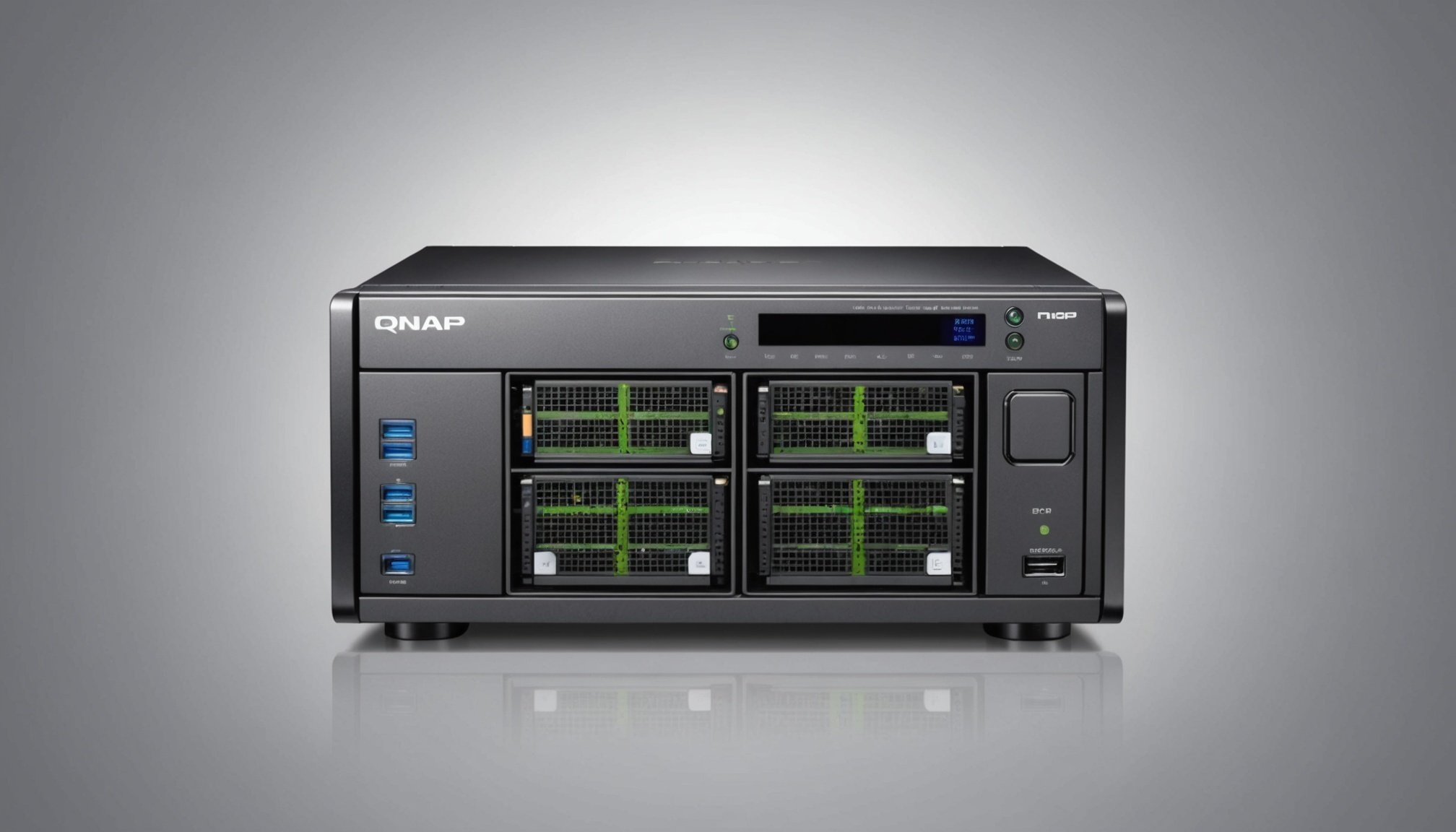Understanding RAID 1 Configuration
RAID 1, a well-known technology for data redundancy, is highly regarded for its ability to replicate and mirror data across at least two drives. This process involves writing identical data to two separate disks, ensuring that if one drive fails, the other can still provide access to the data, effectively minimizing the risk of data loss. Thus, RAID 1 offers a straightforward yet robust solution for maintaining data integrity.
Benefits of RAID 1 for Data Redundancy
The primary benefit of RAID 1 lies in its ability to provide continuous data redundancy. Unlike other RAID configurations, RAID 1 does not increase performance but focuses on security. This ensures that valuable information is safeguarded with an ideal balance of simplicity and security. Users can replace a faulty drive without worrying about losing important data, making it perfect for critical applications.
This might interest you : Unlocking savings: essential data center maintenance strategies
Overview of QNAP TS-251D Capabilities
The QNAP TS-251D offers excellent support for RAID 1 configurations, making it an optimal choice for those prioritizing data protection. With intuitive software and user-friendly interfaces, this model caters to users seeking reliable data redundancy without complicating setups. Its capability to utilize RAID 1 technology efficiently ensures the ongoing safety of stored data, aligning with modern data management needs.
Prerequisites for Setting Up RAID 1
To configure RAID 1 effectively, understanding the necessary RAID setup requirements is crucial. First, ensure that you meet the hardware needs specific to the QNAP requirements. You will need at least two identical hard drives for mirroring; more advanced setups may utilise additional disks. Confirm the compatibility with your QNAP device to prevent integration issues.
Have you seen this : Ultimate Remote Work Security: Setting Up with Ubiquiti UniFi Dream Machine
Next, focus on the software and tools crucial for the RAID 1 configuration. The QNAP interface offers streamlined options to guide you through the setup process, so familiarity with it will ease the configuration. Check for any necessary firmware or software updates to ensure smooth functionality. This can dramatically reduce the likelihood of encountering technical glitches during setup.
Before fully committing to the configuration process, perform pre-configuration checks and make secure backups of all existing data. This step acts as a safety net, safeguarding against data loss should an unexpected error occur. Having a complete backup will allow for a worry-free transition as your system migrates to the RAID configuration. By preparing adequately, you ensure a robust and efficient data protection framework through RAID 1.
Step-by-Step Guide to Configure RAID 1
Setting up RAID 1 on your QNAP TS-251D is a straightforward process, aimed at enhancing your data protection. Here’s a concise, step-by-step guide.
Accessing the QNAP Interface
To start your RAID 1 configuration, access the QNAP interface. Connect your device to a network and open a web browser. Enter the device’s IP address to access the login page. Once logged in, navigate to the “Storage & Snapshots” section. Here, you’ll manage your disk configurations and set up RAID 1 efficiently.
Initial Configuration Steps
In the “Storage & Snapshots” section, select “Create Storage Pool.” Choose the disks that will participate in RAID 1. Ensure these hard drives are identical for optimal performance. The QNAP interface will guide you to select the RAID 1 option, where data will be mirrored across the selected disks.
Finalizing RAID 1 Setup
After selecting RAID 1, review your settings. Confirm that the selected disks are correct and that the desired configuration is applied. Finalise by clicking “Create.” The QNAP system will now undertake the RAID 1 configuration steps, initiating the mirroring process. Ensure to observe the progress and follow any additional prompts for successful setup.
Troubleshooting Common RAID 1 Issues
When managing RAID 1 configurations on your QNAP TS-251D, you may encounter a few common problems. Recognising these issues early can make troubleshooting smoother and more efficient.
Identifying Common Problems
Frequently, users face disk failure and syncing errors. Disk failure can be identified through abnormal noises or error messages in the QNAP interface. Similarly, errors during synchronization may result in partial data loss or delays.
Resolving Configuration Errors
Resolving RAID troubleshooting issues involves several steps. For disk failure, replace the faulty drive promptly. Always initiate the RAID rebuild process through the QNAP interface. Should syncing errors occur, verify connectivity and settings, ensuring all disks are compatible and firmly connected.
Resources for Additional Support
When challenges persist, leverage resources available for QNAP issues. The official QNAP Support site provides detailed troubleshooting guides and community forums offer peer assistance. Additionally, consider consulting relevant FAQs or the QNAP manuals. These resources help clarify intricate problems, ensuring your data remains secure.
Maintaining vigilance and understanding these potential issues enhances the reliability of your RAID 1 setup, keeping your data management processes smooth and uninterrupted.
Benefits of RAID 1 for Data Management
The data management capabilities of RAID 1 make it an attractive option for many users. Primarily, it enhances data protection and recovery by ensuring identical data is written to two separate disks. This approach not only minimizes the risk of data loss but also improves recovery times, allowing for quick restoration in the event of a drive failure.
Another key benefit of RAID 1 is its contribution to data security. By continuously mirroring data, it provides a reliable safeguard against data corruption and loss, ideal for sensitive applications that require high availability. Users can replace faulty drives without worrying about data integrity, maintaining smooth operations.
While RAID 1 does not inherently boost system performance, it does provide indirect performance benefits. With mirrored data available, the read operations can be faster, as the system can access data from either of the disks, balancing the I/O load effectively. This setup can lead to improved read speeds, crucial for applications demanding fast data access.
For ongoing management, it’s essential to regularly check the RAID status and ensure no disk failures or synchronization issues arise. Proper management guarantees the continuous reliability of RAID 1, sustaining the safety and availability of data within your system.
Related Resources and FAQs
Exploring RAID resources and QNAP FAQs can significantly aid in understanding and maintaining a RAID 1 setup. Official QNAP documentation offers comprehensive insights into system capabilities and configuration processes, catering to users of all levels. This documentation includes detailed setup guides, best practices for ensuring data redundancy, and troubleshooting tips.
For additional reading, external resources focusing on data redundancy concepts provide broader context about RAID technology, explaining its advantages and potential drawbacks. These resources help users appreciate the balance between data protection and performance associated with RAID 1.
Frequently asked questions about RAID 1 and QNAP systems often address concerns related to setup complexity, hardware compatibility, and data recovery processes. Common queries involve understanding the difference between RAID levels, optimizing QNAP settings for RAID efficiency, and steps to undertake if data synchronization issues arise. Engaging with this common knowledge base enhances proficiency in managing RAID systems.
In leveraging these resources, users gain a robust framework for effectively using RAID 1 configurations. It ensures informed decisions in data management, helping secure and maintain the QNAP TS-251D’s optimal functionality while providing reliable data redundancy.











